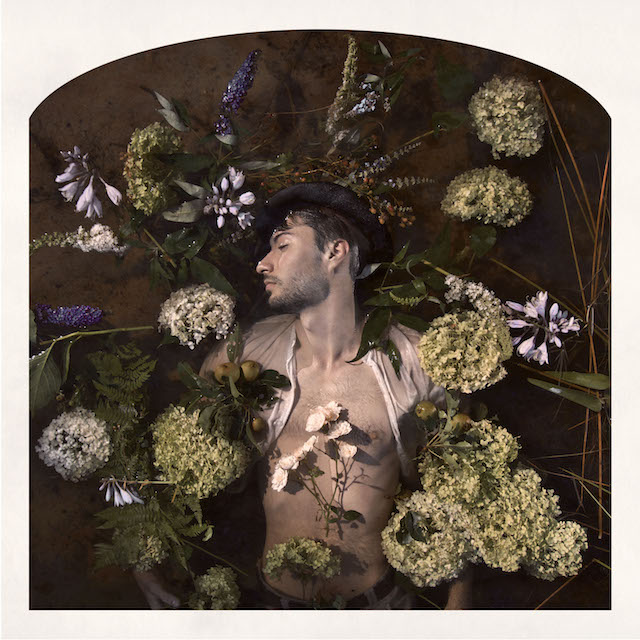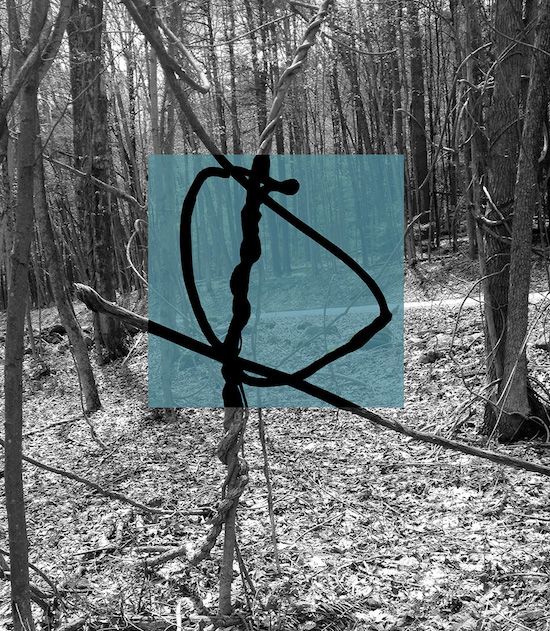(HUDSON, N.Y.) – An innovative group show of Photography, featuring new work by Kahn & Selesnick, Birgit Blyth, Gail Peachin, Stephanie Blumenthal, David Halliday and Joseph Maresca, will be exhibited alongside prints by Robert Hite, Eric Lindbloom, Jeri Eisenberg, Newbold Bohemia, and Lisa Frank at Carrie Haddad Gallery from Wednesday, December 30, 2015, through Sunday, February 14, 2016. There will be an opening reception for the artists on Sunday, January 3, from 2 to 4pm, free and open to the public.
The contemporary saga of collaborative duo, Kahn & Selesnick, continues to evolve as the artists release new images from Dreams of the Drowning World. The visual narrative speaks to the delicate balance between nature’s luscious beauty and the threat of its loss.
David Halliday’s carefully composed still lifes of ordinary root vegetables and fresh caught fish are staged and captured in a brilliantly colored pigment. Mediterranean blues, tangerine oranges and deep purples radiate off of the white backgrounds, adding a vibration to otherwise unadorned objects.
Jeri Eisenberg photographs the natural world with an oversized pinhole camera or de-focused lens. By obscuring detail, the images become sketches of light – “trees seen through mostly-closed eyes on bright sunny days.” The very soft-focused, painterly images are printed digitally on delicate translucent Japanese Kozo paper and then immersed in melted beeswax.
Chicago based artist Newbold Bohemia takes the documentary nature of photography and turns it on its head. In In an Ideal World, Bohemia openly stages a femme fatale with her perfect blonde hair cut and classic 1950s housewife attire in the comfort of her well-kept abode. She is pictured in various scenarios, carrying out familiar house tasks. Bohemia expertly manipulates the imagery to cast an ironic air of perfection on each scene.
Robert Hite works across mediums in an 1840s Methodist church he converted into his studio. A new, lofty workspace with 20-foot ceilings allowed him to fabricate the houses he depicted in his paintings. Beautiful, complex sculptures soon materialized in the studio, ranging from 3 to 5 feet wide and 12 feet tall, exemplifying the artist’s vision on a completely different scale in a new medium
The dynamic of certain vines and tree trunks in nature are reinspired by Stephanie Blumenthal when she isolates their contorting shapes and movement by highlighting them in black. This results in bold, gestural lines, calling to mind the work of a more lyrical Franz Kline painting. They are further re-imagined when the solitary, unbridled vine is placed in front of a block of opaque or transparent color – a truly revolutionary illustration of nature’s patterns and form.
Landscape photographer Eric Lindbloom’s elegant portrayal of nature’s rhythm is fueled by a meditative approach that allows visual metaphors to reveal themselves in time. Lindbloom masterfully captures the sea grasses of Cape Cod in black and white, the lyrical play of light and shadow calms and soothes as he guides our perspective through macro and micro environments.
Birgit Blyth paints with photographic chemicals via a technique dubbed “chromoskedasic” to create her unique grid monoprints. Acrylic red paint has been added to these irregular shaped grids in The Marathon series.
Joseph Maresca’s work experiments with inkjet painting. He starts by photographing a miniature boat from his personal collection, followed by digital manipulation to distort the scale. He then prints the image on a paper stock that is slow to absorb the ink, so he is further able to disperse the ink on the paper before it dries with a brush. The result is more painterly than photographic, with a soft focus of the boat’s lights that permeate the darkness of its vast, oceanic environment.
The complex designs seen in Lisa Frank’s large scale photo “tapestries” is created through staged and duplicated layers of photographic elements, collaged and manipulated digitally into elaborate patterns.
Working in the more traditional technique of collage is mixed media artist Gail Peachin, who will exhibit small vintage photographs with the silhouettes of various figures cut out and replaced with colorful magazine images or patterned fabric.


